Bleeding, Broken, and Bruised: Wilderness First Aid
Last weekend, I joined REI and the National Outdoor Leadership School (NOLS) to obtain Wilderness First Aid (WFA) certification. WFA certification requires 16 hours of instruction over the course of two days and includes both classroom and practical training. It was exhausting, daunting, and fun. It also reiterates that your best friend on the trail is common sense.
As I write this post, I think it’s important to re-iterate that I am not a medical professional. I ONLY have basic first aid, CPR, and wilderness first aid training. And even having that, I’m still going to be sure to ask if there’s a medical doctor in my vicinity if I happen onto an accident scene! This post just describes my experience with WFA training and is not meant to provide medical advice in any way. If you have a medical question, go ask someone with appropriate training and stop reading my blog!
My WFA training covered a host of subjects: patient assessment, the ABCDEs (yes, all those letters), vitals, spinal stabilization, head injuries, (bleeding) wounds, broken bones, amputations, dislocations, burns, blisters, sprains, heat exhaustion, hypothermia, dehydration, hyponeutremia, altitude sickness, lightening strikes, and allergic reactions. It was a lot to take in over two days, but NOLS and their fabulous teachers (Brett Simpson and Stasi York) do a marvelous job integrating lecture and practicums.
To start the day off, we had to get over any fear of having strangers touch us. Instead of shaking hands, we all hiked up our shirts and let the person sitting next to us put his or her hand on our stomach. It was a little odd – but I’m not going to lie, it made the next time a stranger patted down our entire bodies a lot less awkward and weird. Hey, this is what we were there to learn – so let’s just go for it! After touching stomachs and having our first (of many) group laughing session, we learned how to approach an accident scene and patient. We were taught to ask/tell ourselves 5 things:
- I’m #1. As in, if I (with the first aid training) go into a dangerous situation and get hurt – well, that helps no one. So, I’m #1 and I’m going to protect me first and help you second.
- What happened to you? As in, assess from a distance. What do I think happened here?
- Don’t get any on me. Blood, guts, gore, and vomit can all transmit your diseases to me. I’m packing some nitrile gloves now just in case!
- How many more? Meaning, how many patients are there? I happened onto just you – but maybe you have a buddy behind that tree in far worse shape than you?
- Dead or alive? I’m supposed to mentally prepare myself for the severity of the situation.
In the first hour, we’ve taken in all this AND how to do a full body assessment. So now, strip down kiddos – a total stranger is going to practice all these skills on you!

Do you know how to treat a head wound and when to stabilize a patient’s spine?
After practicing on patients in “perfect patient position” (i.e., laying on his/her back with arms and legs straight), we moved into the fun stuff. In the photo above, I am playing a patient who had a skiing accident which involved a tree and no helmet. When my “rescuers” emerged from inside the cabin you see behind me, I was wrapped around a tree, “bleeding” (that’s stage grade make-up there, my friends), and acting disoriented, belligerent, and unsure of what caused my accident. Within ten minutes, my “rescuers” (aka, awesome fellow classmates) had to conduct a full body assessment, take my vitals at least twice, establish whether or not I needed (and then provide) spine stabilization, and “call” for help using an appropriate SOAP (subject, objective, assessment, plan) format. Needless to say, they rocked it out – even remembering to allow for my comfort and bundling me into a sleeping bag while maintaining spine stabilization.

I’m such a klutz! I broke my femur, too.
Following my skiing accident, I treated a patient who had gone base jumping. John, it turned out, had successfully landed his jump, but tripped on a root and twisted his ankle. The groups that forgot to get their patient history immoblized their patients’ heads and necks for no reason! Follow the steps, kids. That’s what we learned. Experts far smarter than you or I came up with a (mostly) foolproof plan to help fellow hikers (and other outdoor adventurers) in need – so just follow the steps and do what you can.
After wrapping up John’s ankle with some medical tape that, you know, just happened to be stowed in my pocket during that simulation, I had a nasty run in with a ledge! Falling five feet or so, I broke my femur into two pieces! It was extraordinarily painful, but my colleagues fortunately had just learned how to apply traction to my leg to realign it (and alleviate the crepitus), as well as how to make a rockin’ splint out of a sleeping pad, extra clothing, and a few ace bandages. No lie – during WFA, we all stripped clothes here and there to make splints, warm patients, and stabilize impalements. You sign up for this course, your clothes are going to get as bloodied, bruised, and used as you are! After splinting my leg, it felt much better and I was even able to hop (with help) the 50′ to the trailhead for evacuation. I’m not sure I would’ve made it if the trailhead had been much further.

Abrasions are the worst!
Finally, unfortunate soul that I am, I took a tumble while snowshoeing and abraded my whole right lower leg. My rescuers not only had to assess my injuries and stabilize my spine (I ran into another tree – I ran into a lot of trees during my WFA course), they also had to debride, irrigate, and bandage this terrible wound. Ouch!
Awesome make-up jobs and injury stories aside, NOLS’ Wilderness First Aid class was worth every penny. We covered how to best treat (or at least stabilize) numerous injuries, practiced our skills on responsive and unresponsive “victims”, and learned how best to approach tenuous wilderness situations without adding to or becoming part of the problem. If you have time before your hike, or if are preparing to hike next season or again in the future, I highly recommend pursuing this first aid certification!
---
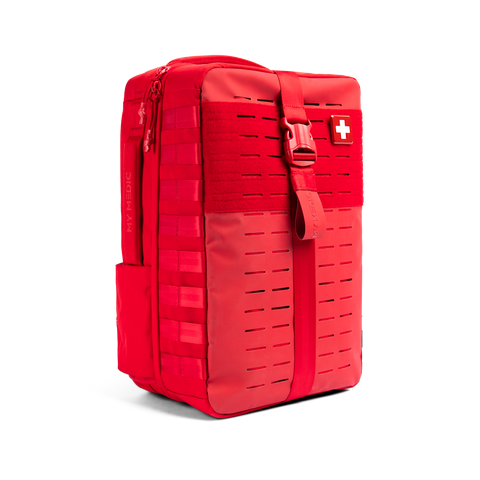 NEW ARRIVALS
NEW ARRIVALS
 BEST SELLERS
BEST SELLERS
 SUPERSKIN™
SUPERSKIN™
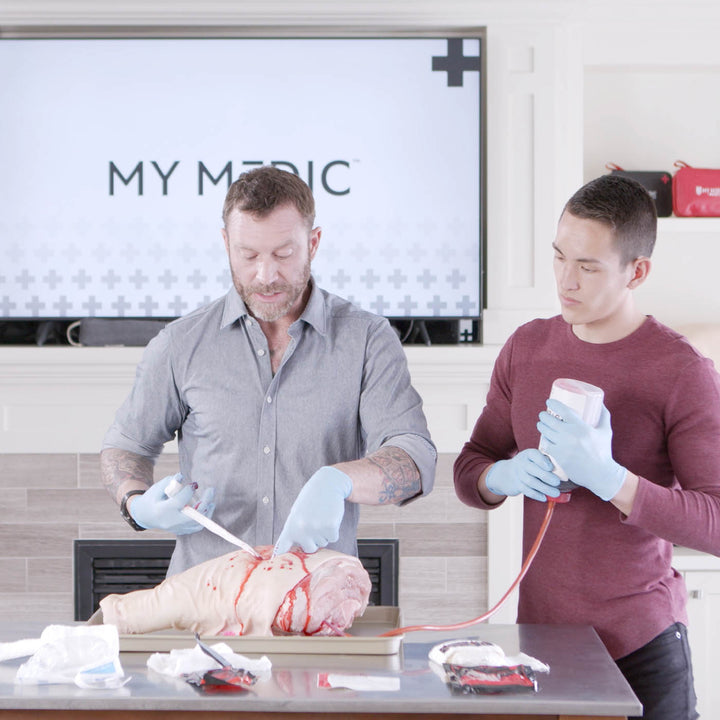 COURSES
COURSES
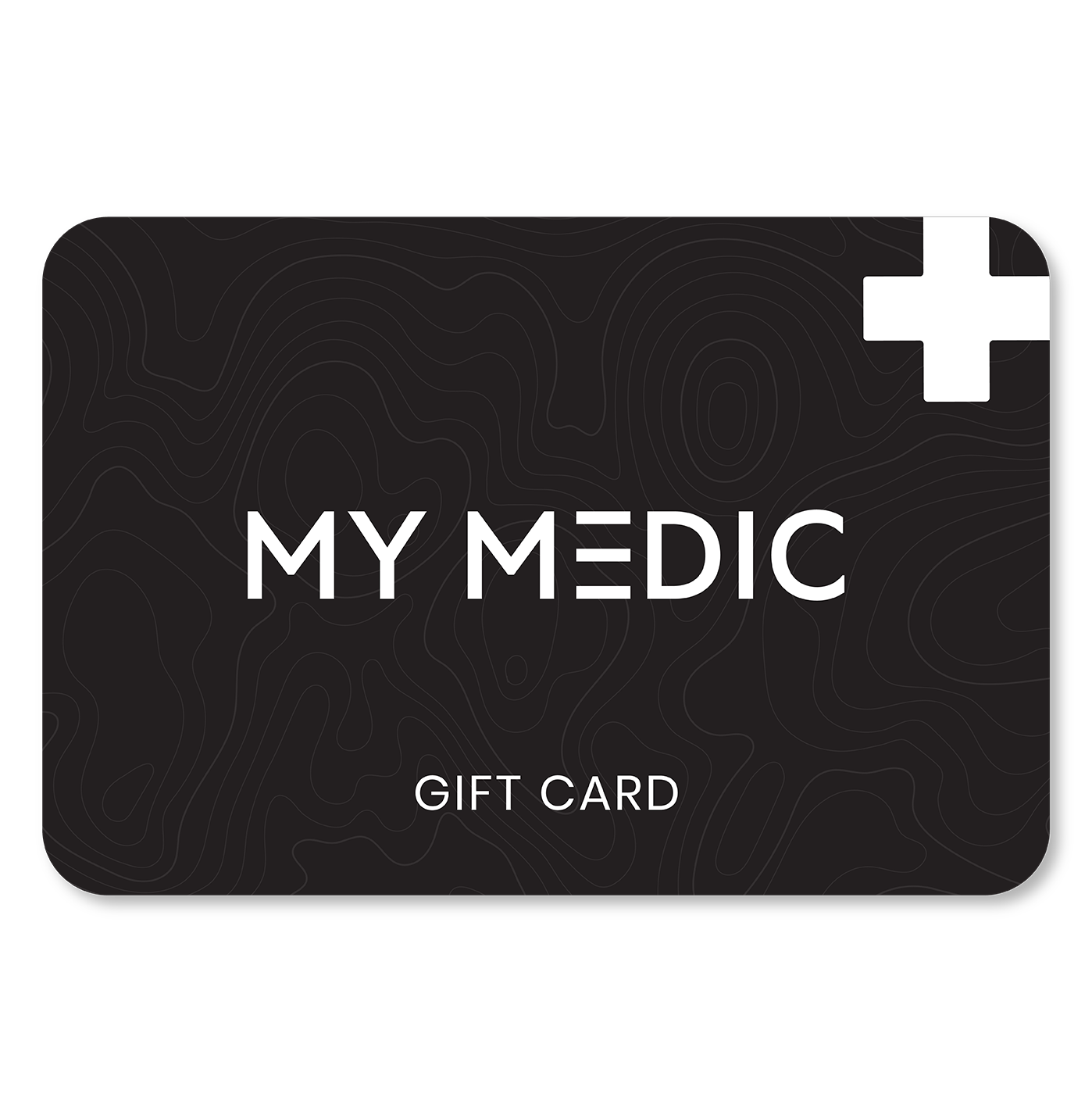 REWARDS
REWARDS
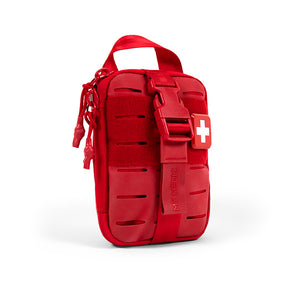 The MyFAK Collection
The MyFAK Collection
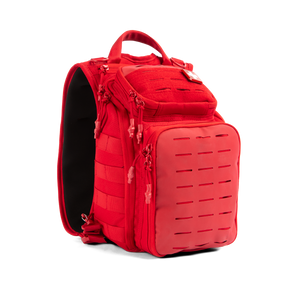 Specialty
Specialty
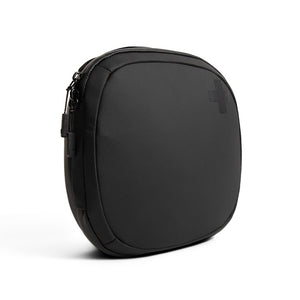 The Ready Collection
The Ready Collection
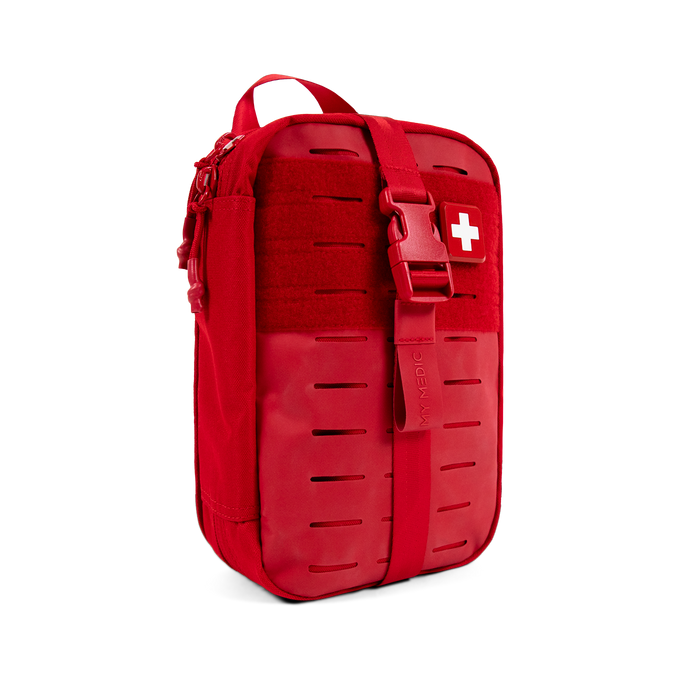
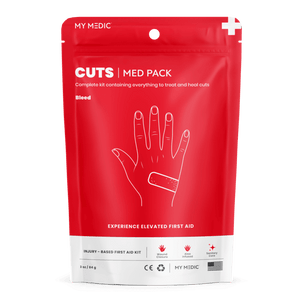 BLEED
BLEED
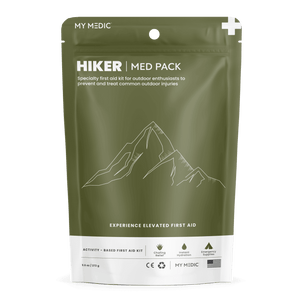 OUTDOOR
OUTDOOR
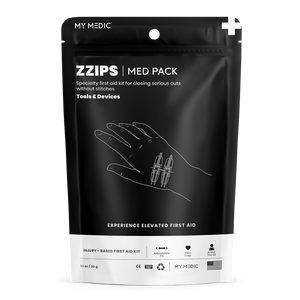 TOOLS & DEVICES
TOOLS & DEVICES
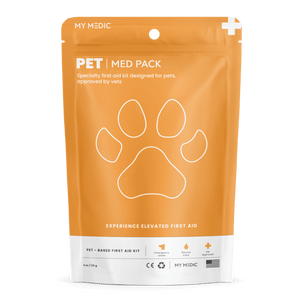 SPECIALTY
SPECIALTY
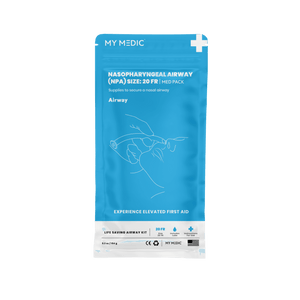 AIRWAY
AIRWAY
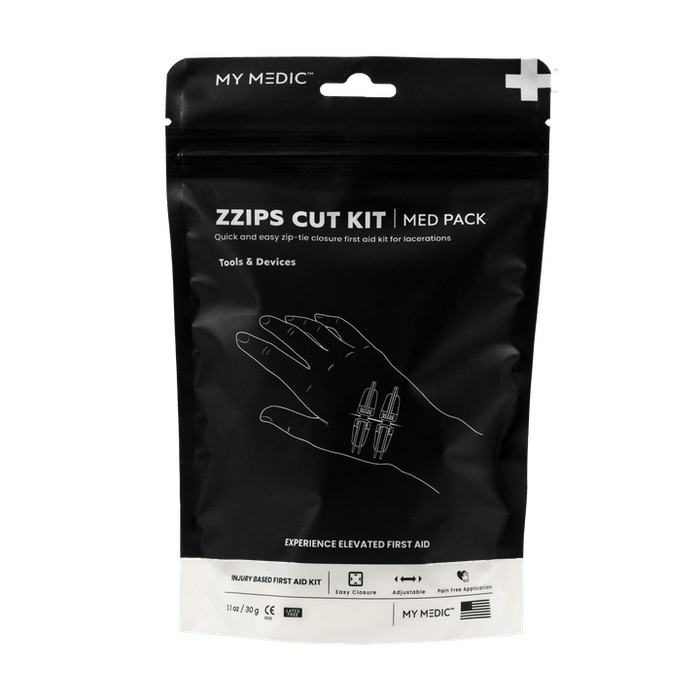
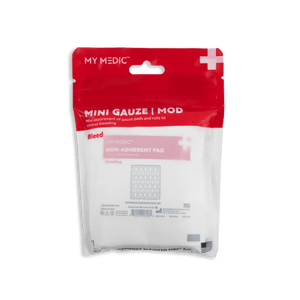 BLEED
BLEED
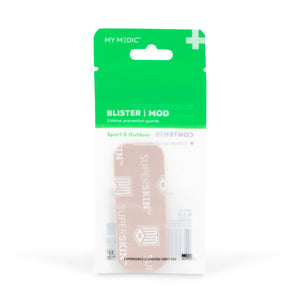 OUTDOOR
OUTDOOR
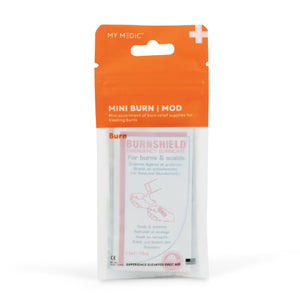 BURN
BURN
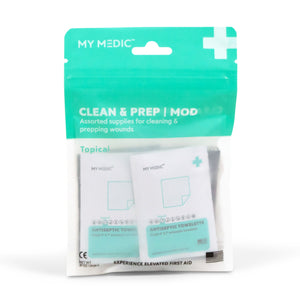 TOPICAL
TOPICAL
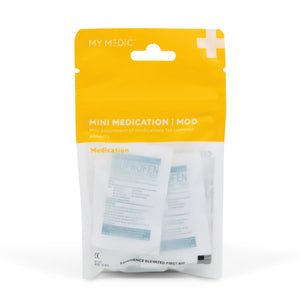 MEDICATION
MEDICATION
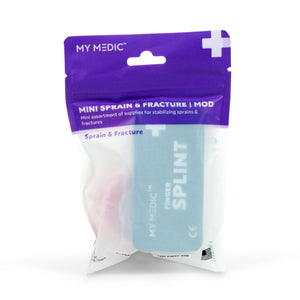 SPRAIN & FRACTURE
SPRAIN & FRACTURE
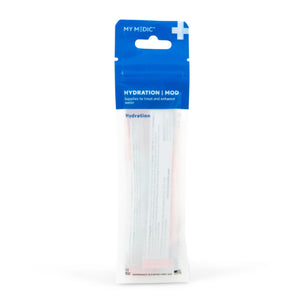 HYDRATION
HYDRATION
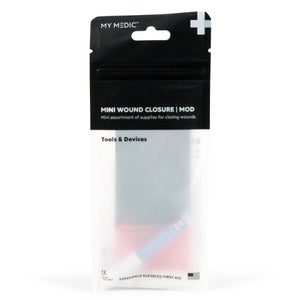 TOOLS & DEVICES
TOOLS & DEVICES
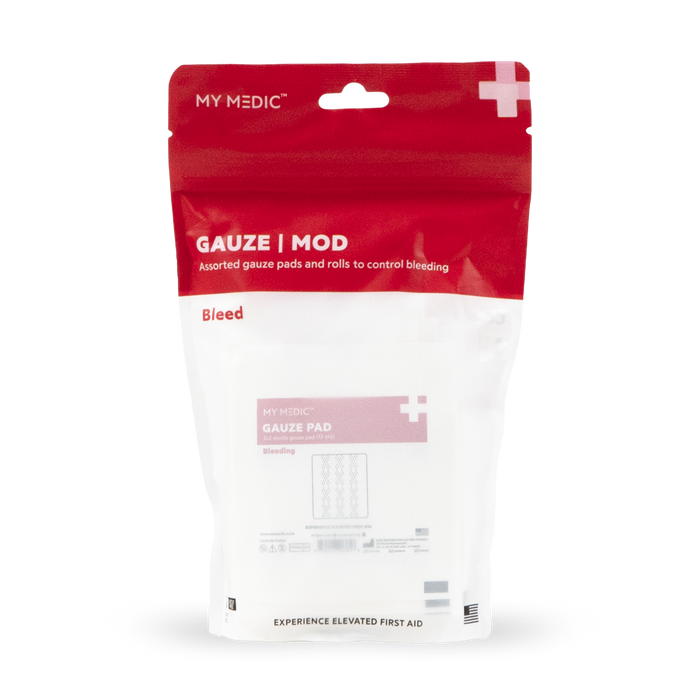
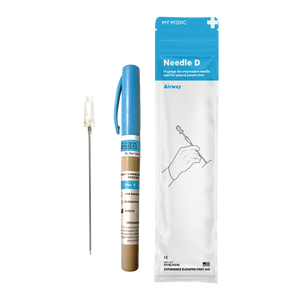 Supply Categories
Supply Categories
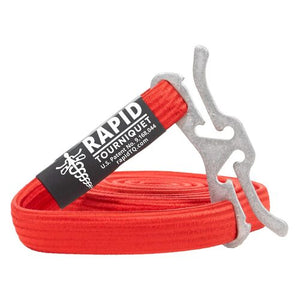 Top Sellers
Top Sellers
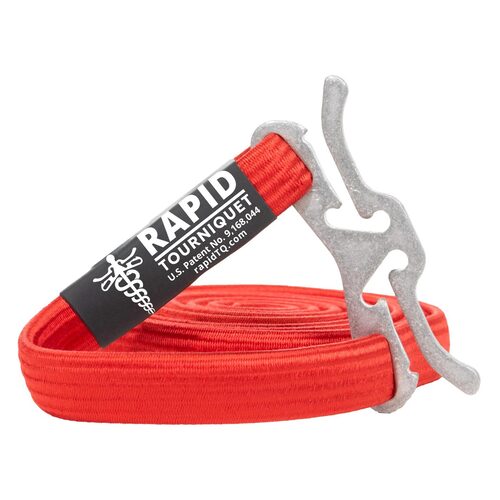





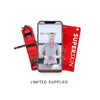
I remember enjoying a less official version of wilderness aid years ago taught by the college FD. I was part of a caving group, we were called out one Monday AM for missing cavers after a rainy weekend. Fire, police and media were at the cave entrance, when we arrived. We were familiar with this cave, we made a 2 party SAR plan, my group would enter first and another group would wait for wet suits. I asked for an EMT to accompany our team of 3 cavers, I still remember having convince him that we were #1 and would not put him into anything we weren’t comfortable with.
Years later, that EMT was a surgical resident for one of our sons first surgery after a premature birth.
I’ve had this course on my to-do list for a while. Thanks for the review, it sounds worthwhile to say the least.
Leave a comment